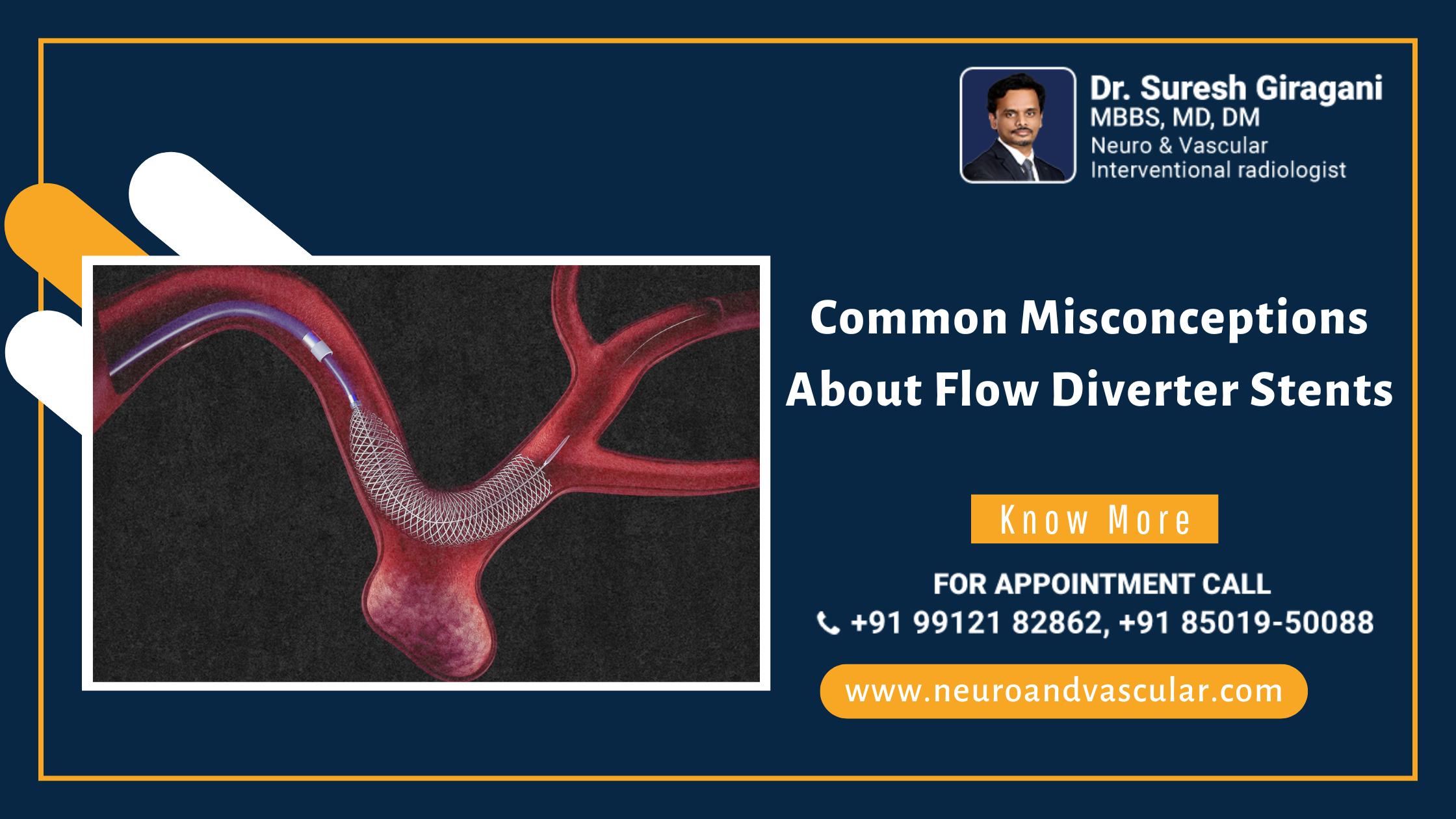
Common Misconceptions About Flow Diverter Stents
Flow diverter stents have emerged as a revolutionary solution for managing brain aneurysms, offering a less invasive alternative to traditional surgical methods. Despite their growing popularity and success, there are several misconceptions about these devices that can lead to confusion and misinformation. In this blog, we’ll debunk some of the most common myths surrounding flow diverter stents to provide a clearer understanding of their role in medical treatment.
1. Misconception: Flow Diverter Stents Are the Same as Traditional Stents
Reality: Flow diverter stents are often confused with traditional stents used in coronary arteries. While both types of stents are designed to maintain vessel patency, flow diverter stents have a distinct function. They are specifically designed to divert blood flow away from an aneurysm, allowing the vessel to heal and the aneurysm to shrink over time. Traditional stents, on the other hand, are used to keep blood vessels open and do not address the aneurysm directly.
2. Misconception: Flow Diverter Stents Are a Temporary Solution
Reality: Flow diverter stents are not a temporary fix but a long-term solution for aneurysm management. Once implanted, these stents work to alter blood flow dynamics within the vessel, promoting healing and reducing the risk of aneurysm rupture. The goal is to achieve a permanent resolution of the aneurysm, with the stent being a critical component in the process.
3. Misconception: Flow Diverter Stents Are Only for High-Risk Patients
Reality: While flow diverter stents are indeed a valuable option for high-risk patients, they are not exclusively for this group. Advances in medical technology have made flow diverter stents a viable option for a broader range of patients with intracranial aneurysms. The decision to use a flow diverter stent is based on individual patient factors and the specific characteristics of the aneurysm, not solely on risk levels.
4. Misconception: The Procedure for Implanting Flow Diverter Stents Is Risky and Complicated
Reality: The procedure for implanting flow diverter stents is minimally invasive compared to traditional open surgery. It is performed using catheter-based techniques, which involve threading a catheter through the blood vessels to the site of the aneurysm. While any medical procedure carries some risk, the risks associated with flow diverter stent placement are generally lower compared to open surgery. The procedure is performed by skilled interventional neuroradiologists who use advanced imaging techniques to ensure precision and safety.
5. Misconception: Flow Diverter Stents Have High Rates of Complications
Reality: Flow diverter stents have been shown to have low complication rates when used appropriately is myth. Advances in technology and technique have significantly improved outcomes. The most common complications, such as blood clots or stent misplacement, are typically manageable and rare. Patients are carefully monitored post-procedure to address any potential issues promptly.
6. Misconception: Once the Flow Diverter Stent Is Implanted, No Follow-Up Is Needed
Reality: Regular follow-up is crucial after the implantation of a flow diverter stent. Follow-up imaging is used to monitor the aneurysm and ensure that the stent is functioning as intended. These check-ups help detect any potential issues early and allow for timely intervention if needed. Ongoing care is an essential part of the treatment process to ensure long-term success.
7. Misconception: Flow Diverter Stents Will Completely Resolve All Aneurysm Symptoms Immediately
Reality: They are highly effective in treating aneurysms, the resolution of symptoms may take time. The process of diverting blood flow and promoting aneurysm healing is gradual. Patients may experience improvement in symptoms as the aneurysm shrinks and heals over months. Patience and adherence to medical advice are important for achieving the best outcomes.
Conclusion
Flow diverter stents represent a significant advancement in the treatment of brain aneurysms, offering a less invasive and effective alternative to traditional methods. By debunking these common misconceptions, we hope to provide a clearer understanding of how flow diverter stents work and their role in improving patient outcomes. If you have any questions or concerns about treatment, consult with your healthcare provider to get accurate, personalized information based on your condition.
About the Author:

Name: DR . SURESH GIRAGANI
INTERVENTIONAL RADIOLOGIST
DR. SURESH GIRAGANI CONSULTANT INTERVENTIONAL RADIOLOGIST at Apollo hospitals Jubilee Hills has more than sixteen years of clinical experience in vascular interventions with a special interest in neurovascular and peripheral vascular disease interventional procedures.